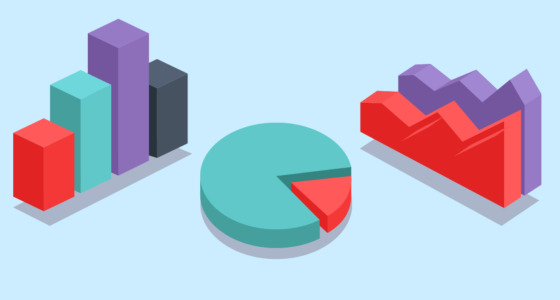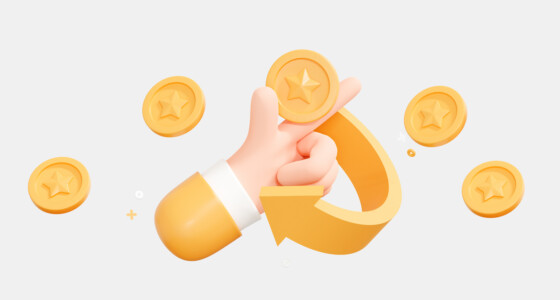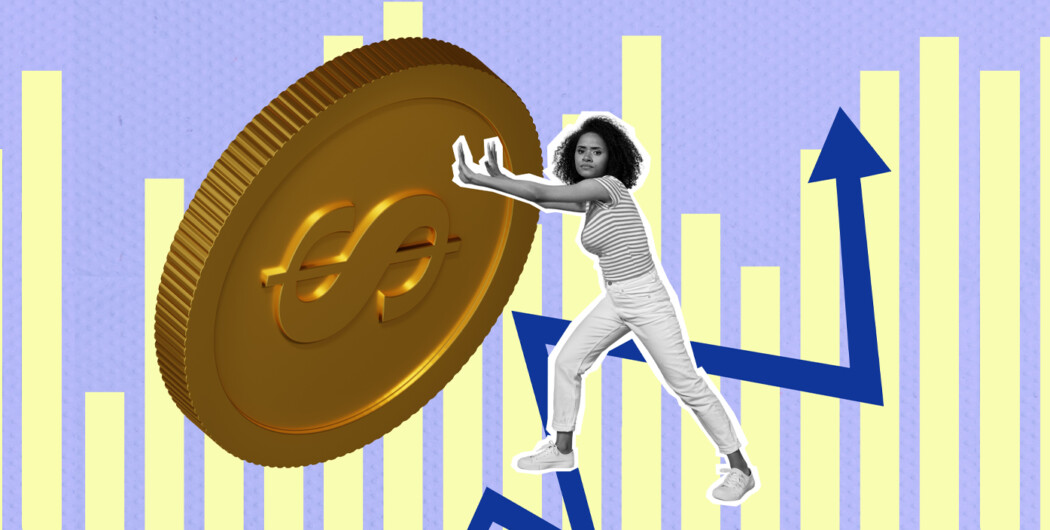

What is inflation?
Inflation, in its most basic definition, refers to the general ratio of goods and sales prices that are widely used in daily life or which can be translated as the decline of purchasing power over time. Inflation can be contrasted with deflation, which occurs when prices decline and purchasing power increases. The common measure of inflation is the inflation rate, the annualized percentage change in a general price index. Inflation is a complex issue, but understanding the root causes can help you better prepare for increased prices of goods and services such as housing, apparel, food, transportation and fuel.
Did you compare the bread prices last year and this year? If bread is 234% more expensive this year, you could be living in Venezuela which is the second-largest inflation country in the world.
Causes of inflation
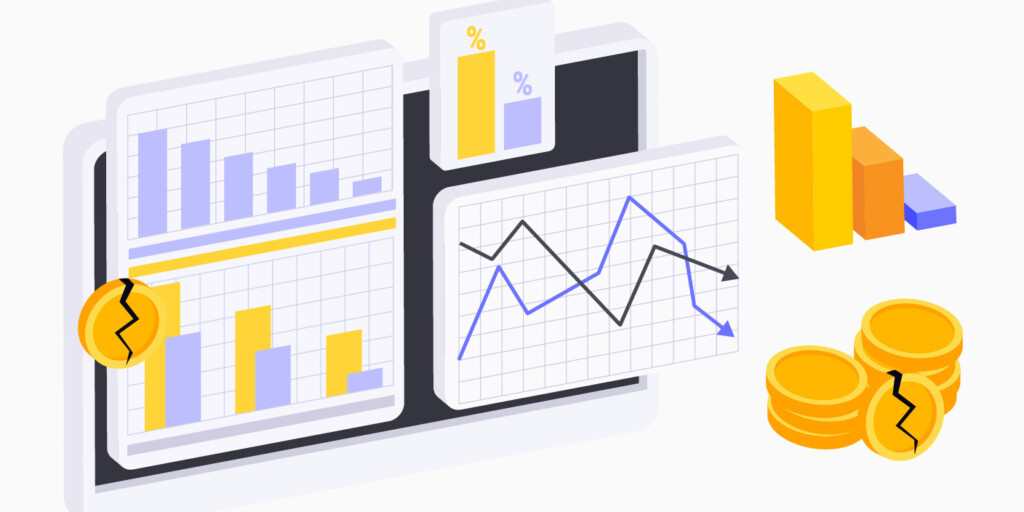
One of the most important reasons for the change in the inflation rate is the increase in demand. An increase in the supply of money is the root of inflation, though this can play out through different mechanisms in the economy. With the increase in money supply, there is an increase in the amount that banks can lend. As a natural consequence of this, people in the position of consumers tend to borrow more and increase their consumption levels. However, the supply is suddenly insufficient to meet the increasing demand, and inflation rises as a result. In all these cases, money loses its purchasing power. The mechanisms for how this drives inflation can be divided into three types: demand inflation, cost inflation, and built-in inflation.
Demand inflation; It is the situation where the rate of increase in the money supply (the level of the money stock available in the economy at a given moment) exceeds the economic growth in an economy. In this case, the demand for goods and services produced and imported in the economy increases faster than the production and import volume (supply) of the economy, and prices rise.
Cost inflation occurs as a result of rising commodity prices such as oil and food, or an increase in production costs due to natural disasters. In such cases, the aggregate supply decreases and subsequently the general level of prices rises.
Built-in inflation is related to adaptive expectations or the idea that people expect current inflation rates to continue in the future. As the price of goods and services rises, people may expect a continuous rise in the future at a similar rate. As such, workers may demand more costs or wages to maintain their standard of living.
The price indices that make up the inflation are monitored in different goods and product baskets. The leading price indices used in the calculation of inflation are the Producer Price Index(PPI) and the Consumer Price Index(CPI).
Producer Price Index (PPI)
The PPI is a family of indexes that measures the average change in selling prices received by domestic producers of intermediate goods and services over time. The PPI measures price changes from the perspective of the seller and differs from the CPI which measures price changes from the perspective of the buyer. Accounts for 1/3 of inflation.
Consumer Price Index(CPI)
CPI shows the average changes in the prices of a particular set of products and services purchased by the consumer. CPI is the index that shows the change in final prices that concern the consumer in the price indicators used to measure the change in annual inflation value. Accounts for 2/3 of inflation.
How to calculate inflation?
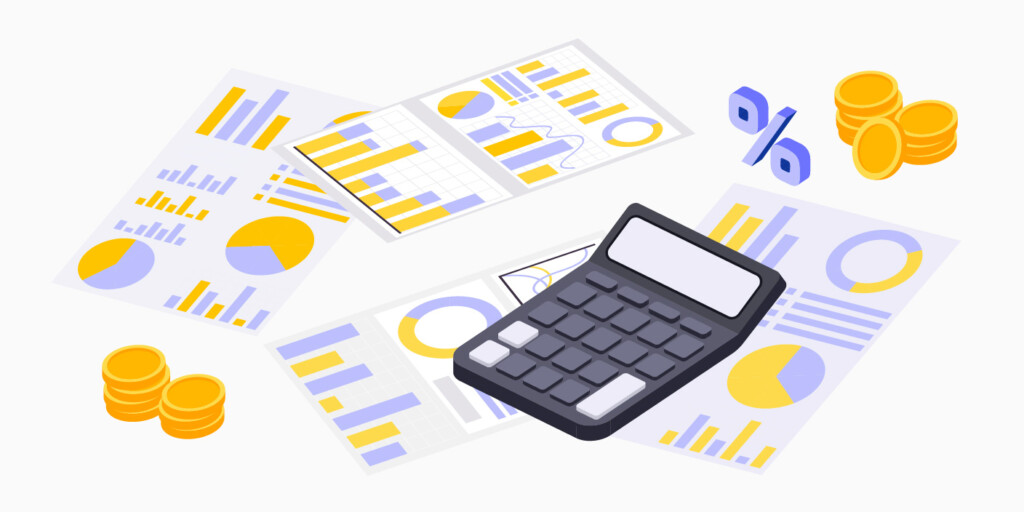
Inflation is calculated in two different ways as CPI (Consumer Price Index) and PPI (Producer Price Index). The PPI is determined based on the change in the prices of products produced in the country and sold domestically.
In the CPI calculation, surveys are made about the expenditures made by the households. Considering these surveys, it is determined which items have an impact on the budget and how much. There are hundreds of product types in the CPI basket created with the resulting information. The prices of the collected products are determined every month and monthly inflation is calculated. Annual average prices are found by adding the prices of 12 months and dividing by 12. The resulting result is compared with the values of the previous year and annual inflation is calculated by calculating the amount of increase.

Positive and negative aspects of Inflation and is it good or bad?
When inflation occurs in an economy, it does not immediately cause devastating effects. Low inflation does not affect the market negatively. But when moderate inflation grows, it turns into hyperinflation. High inflation also negatively affects the market. The market goes to a chain increase in price. Such inflation must be prevented. If high inflation is not brought under control, it leads to negative consequences. In case of high inflation money loses value, there are gaps between income levels, since countries borrow in foreign currency, it becomes difficult to close the foreign debt deficit, investment decreases, uncertainty prevails in the market and inflation expectation occurs.
! Hyperinflation is often described as a period of inflation of 50% or more per month.
Too much inflation is generally considered bad for an economy, while too little inflation is also considered harmful. Many economists advocate for a middle ground of low to moderate inflation, of around 2% per year.
Generally speaking, higher inflation harms savers because it erodes the purchasing power of the money they have saved; however, it can benefit borrowers because the inflation-adjusted value of their outstanding debts shrinks over time.
How to control inflation?
To keep inflation under control through monetary policy, which refers to the actions of a central bank or other committees that determine the size and rate of growth of the money supply. In the U.S., the Fed’s monetary policy goals include moderate long-term interest rates, price stability, and maximum employment. Each of these goals is intended to promote a stable financial environment.
Hedging against inflation
Stocks are considered to be the best hedge against inflation, as the rise in stock prices is inclusive of the effects of inflation. Since additions to the money supply in virtually all modern economies occur as bank credit injections through the financial system, much of the immediate effect on prices happens in financial assets that are priced in their home currency, such as stocks.
Special financial instruments exist that one can use to safeguard investments against inflation. They include Treasury Inflation-Protected Securities (TIPS), low-risk treasury security that is indexed to inflation where the principal amount invested is increased by the percentage of inflation.



